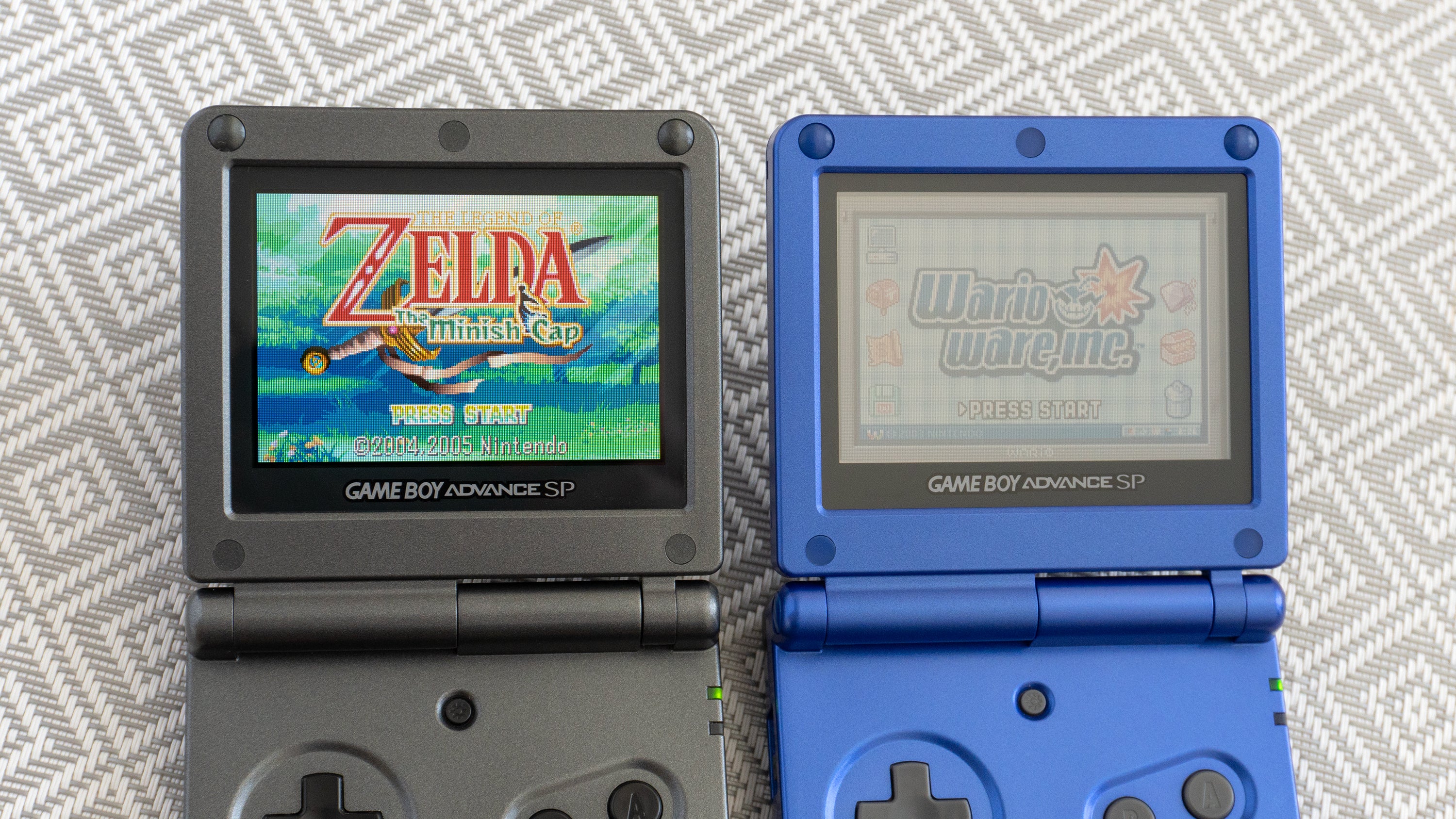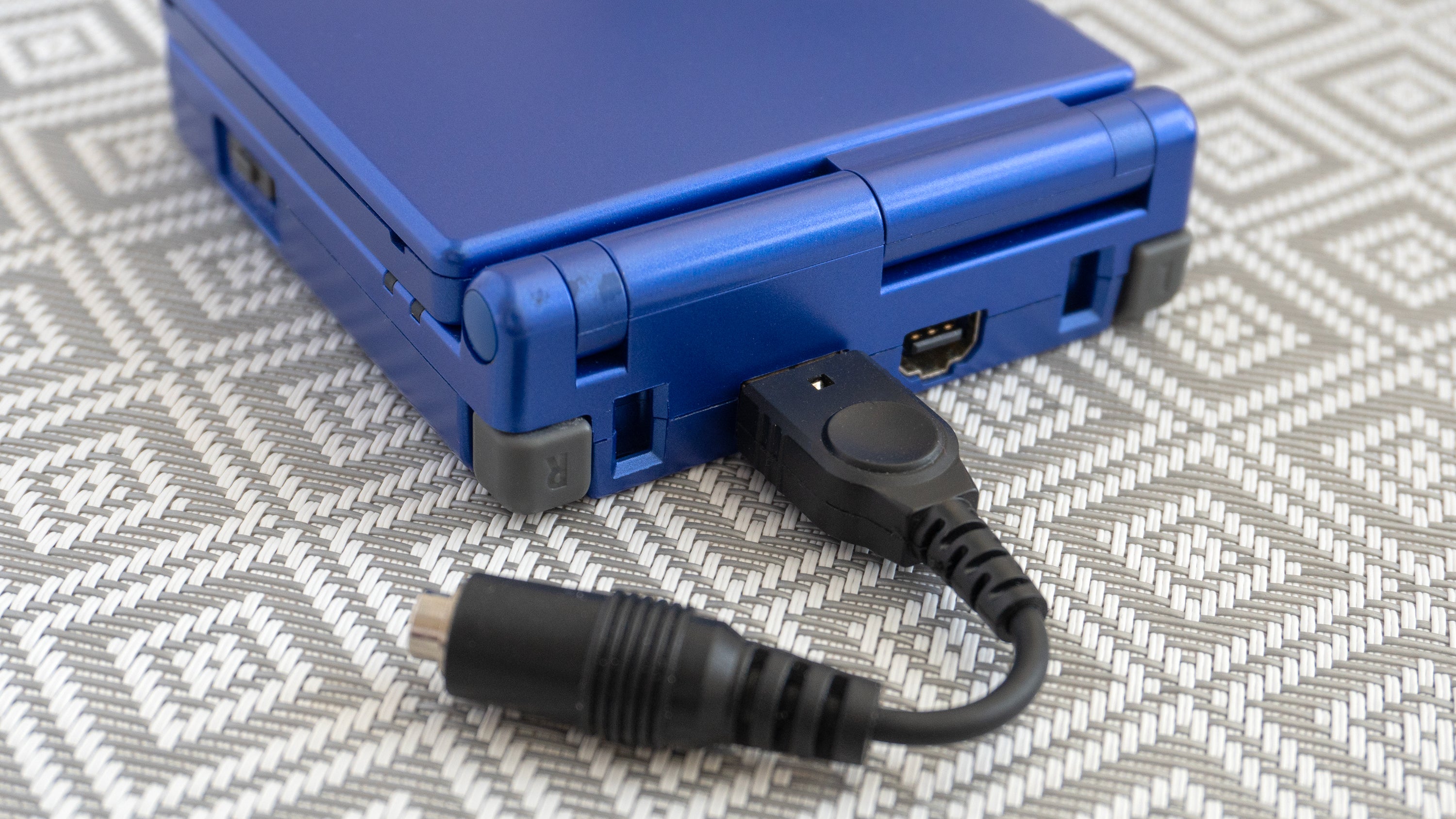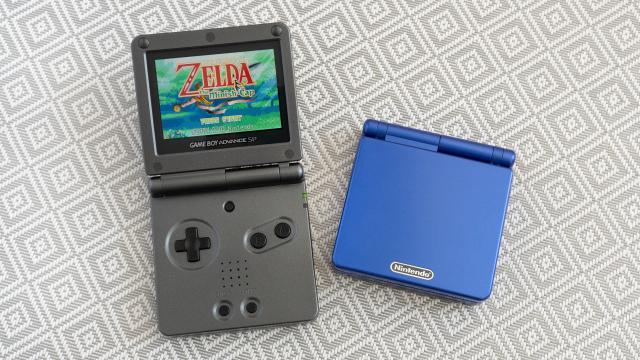The Game Boy Advance is my favourite video game platform of all time, and while I loved it from day one, I didn’t love the original version of the handheld. It took almost two years for Nintendo to right the original GBA’s wrongs, but its successor, the clamshell GBA SP, was worth the wait (and the years spent struggling to see the games I was playing).
For the most part, the GBA platform was actually more powerful than the Super Nintendo, which arrived a decade earlier. Putting all of that 16-bit fun in a handheld also meant it was, not surprisingly, a huge upgrade over the Game Boy Colour. Pre-ordering one was a no-brainer, and I can still vividly remember the excitement of picking mine up at a Toys ‘R Us in downtown Toronto on launch morning, plus the crushing disappointment of first powering it up when I got to work after that.
I bought Tony Hawk’s Pro Skater 2 along with the GBA, and from previews, I knew the game was a surprisingly successful 2D conversion of an incredibly popular 3D game. But I struggled to experience it for myself, because for some bizarre reason, Nintendo decided to skip any screen lighting on the original GBA. Even under the bright fluorescents of an office setting, I struggled to angle the handheld to properly see the action on screen. Everything else about the first-gen GBA was great, but not being able to see it without some stupid third-party screen light accessory was pretty damning. Even with one of those, you had to get the angle juuuust right for it to actually work.
For two years, I struggled to make do with the original GBA, and while I found ways to make the screen passably viewable, it would be Nintendo who would eventually come up with the best solution, even if it meant consumers would have to buy an entirely new handheld: the GBA SP. Debuting in Japan exactly 20 years ago today, the GBA SP (the “SP” was supposedly short for Special) looked more like the original Game Boy, with its controls located beneath the screen. But it could fold in half like a flip phone, making it far more compact and pocketable than all previous Game Boys.
The GBA SP also introduced other useful features, like a rechargeable battery, but the real reason most GBA users were eager to upgrade was because the SP finally introduced an illuminated screen, a very welcome improvement, even if it used front-lighting that completely washed out the display’s colours. A friend of mine managed to snag one during a well-timed trip to Japan, but I had to wait an extra month for the GBA SP to arrive in North America.
By today’s standards, the GBA SP’s screen lighting, which you could turn on and off to extend battery life, was actually quite bad, but it would once again be Nintendo who fixed that problem.

Another two years later, in 2005, the company quietly debuted the GBA SP AGS-101 (the original was the GBA SP AGS-001), which used a much brighter backlit LCD screen. Some of the GBA SP boxes distinguished the new model with a “Now with a BRIGHTER backlit screen!” message, but in some countries, the AGS-101 was packaged identically to the original. It was a bizarrely low-key rollout for a company as big as Nintendo, until you remember that in 2005, the company was heavily promoting the Nintendo DS, which debuted a year earlier.
The success of the Nintendo DS, which was backwards compatible with the GBA, meant that Nintendo could have just left the GBA SP as it was, ugly lit screen and all. But longtime GBA fans like myself are glad the folding handheld got a refresh, because it brought the GBA SP as close as Nintendo has ever gotten to making a perfect handheld.
Granted, while it wasn’t the most powerful Nintendo handheld by today’s standards, it was compact, had a great library, and didn’t have any gimmicks (at least until you tacked on an e-Reader). That’s three key points that Nintendo handhelds have struggled to hit all at once since.

Why am I hesitant to call it perfect? Like the big notch on my iPhone’s screen, the GBA SP had one glaring issue that Nintendo never remedied: it lacked a headphone jack. You could still use headphones with the GBA SP, but it required the use of a small headphone cable adaptor connected to the handheld’s link cable port. It’s miraculous that I still have that cable in my possession — it was so easy to lose — but it’s probably because I just left it in the box and chose to never bring it with me for fear of it going missing.
Years after the GBA SP was discontinued, I was lucky enough to snag a used AGS-101 model in good shape for about $US50 ($69), but the recent rise in popularity of retro gaming, and the scarcity of that model, has since pushed prices to well over $US200 ($278), depending on what colour you’re after. If you want one new in the box, be prepared to spend even more.
Is it worth it? Maybe not in a time when your phone can easily emulate classic GBA games. But the GBA SP will always remain near perfect in my eyes, with flaws I’m happy to look past. Happy 20th birthday!
